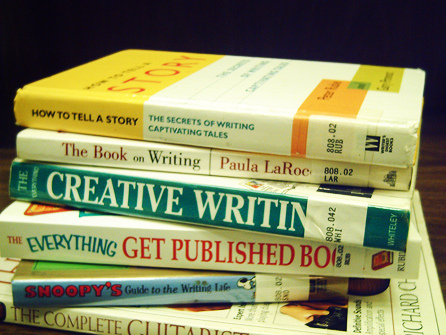The changing media landscape and time spent on the web has turned us into consumers of bits and bytes of information. We often don't have time (or want to take time) to wade through volumes of information. Your readers want quick takeaways and will give you only a fleeting opportunity to grab their attention.
In this post, I’ll share nine writing tips for making your copy easier to digest.
- Use concise, easy to understand words. Words can work for you. And words can work against you. Don’t fall victim to using impressive sounding words, when simple words will do just fine. If you have to puff up your vocabulary to talk to me, you’re trying to hide something.
- Use subheads and numbered or bulleted lists to break up text. Bulleted or numbered lists are quick and easy to read—even in blog posts like this! When crafting subheads, try to write them in a way that will convey your key messages. If someone doesn’t have time to read the entire piece, they still will glean your most important points.
- Incorporate graphics, photos, or videos (short videos please, because we don’t have time to sit for a half hour to watch). We all know that our eye is drawn to graphics and photos first. Use dramatic photos or eye-catching graphics to draw your reader in.
- Turn product/service features into benefits for your customers or readers. Make it clear to the customer what’s in it for them and how your product or service will help them.
- Stay away from jargon. This relates to tip #1. Jargon is for insiders and even then it grows tiresome. Liven up your writing by avoiding industry terms and write in a way that people can understand—both inside and outside your industry.
- Weave a story through your writing. Everyone likes a good story. Stories, done well, can help draw your reader in and keep their attention until the very end. Some of the best public speakers are those who tell great stories. Nonprofits are especially good at including personal stories in their appeals.
- Write in the active voice. Use active verbs to keep your writing moving. The passive voice saps the energy from your writing.
- Write a compelling subject line or headline. Email continues to be the preferred format for giving and receiving information. Give your customers a reason to open your email. How many times have you deleted an email because the subject line was of no interest?
- Proofread, proofread, proofread. There is nothing like a typo or another error to stop a reader in their tracks and question the credibility of everything they’ve read up to that point. Always proofread your work. Better yet, have someone else read what you’ve written. Even the best proofreaders can miss an error in their own work.
Does that mean you should give up writing product sell sheets or technical manuals? What about brochures and annual reports? Will anyone read long form of anything? There will always be a place for long form information. But even with longer, more copy-intensive pieces, keep in mind that you’re competing for your reader’s limited attention. Follow these tips and you’ll be well on your way to making your writing easier to read and understand.
Originally published in 2014 with a print focus, this article is quite relevant today especially in our web focused society. Writing for readibility will never go out of style.———photo via flickr:
 Sally Kieny
Sally Kieny






